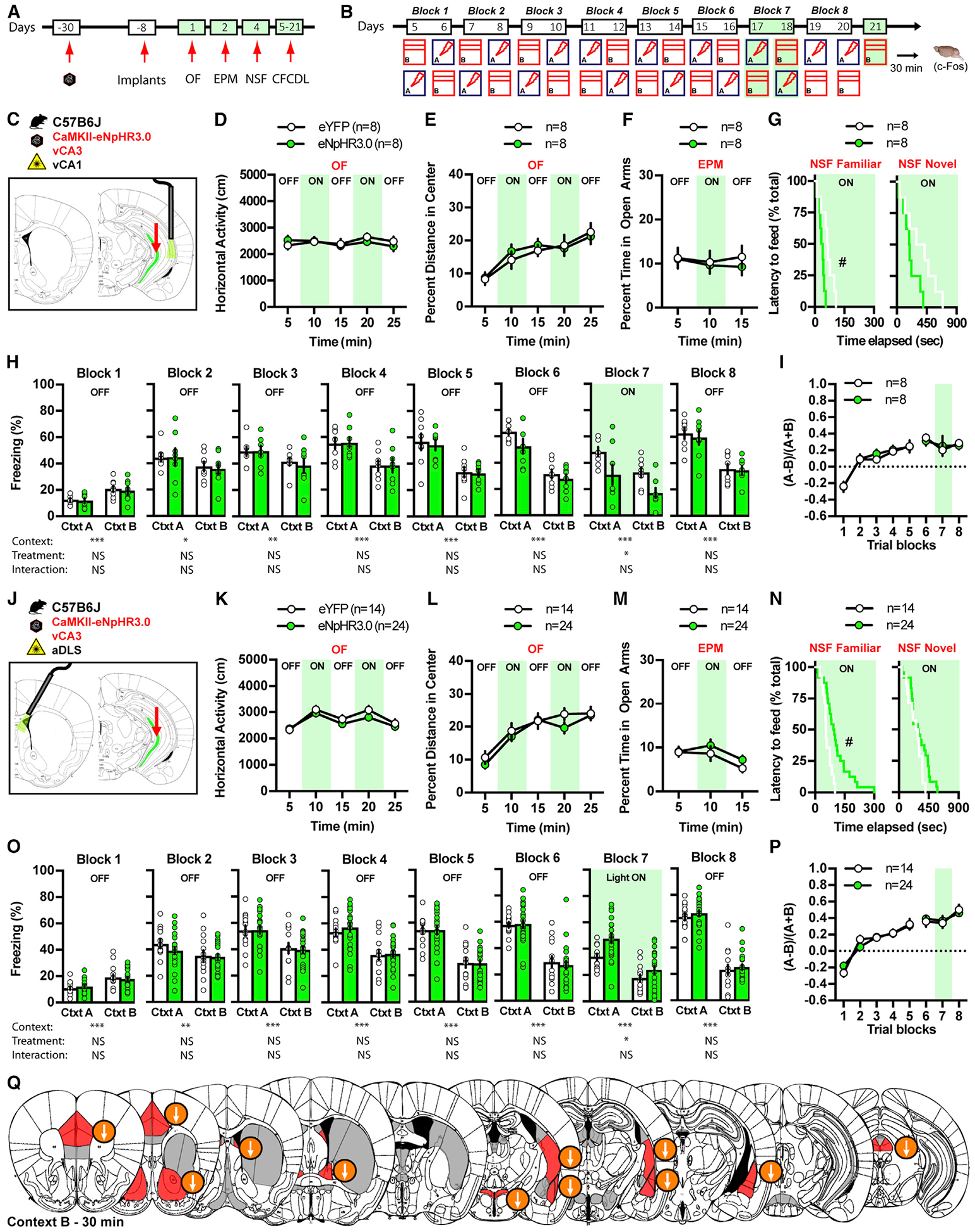Figure 4. Ventral CA3 Excitatory Projections to CA1 and DLS Exert Opposing Roles in Gating Contextual Fear Responses.

(A and B) Schematic of the behavioral timeline.
(C) Schematic illustrating ventral CA3 infection with CaMKII-eNpHR3.0 and fiber optic implantation on top of ventral CA1 in C57B6/J mice.
(D–G) Silencing ventral CA3 terminals in ventral CA1 has no effect on locomotor behavior and innate anxiety in OF (D and E) and EPM (F) while decreasing the latency to feed in the familiar environment in NSF (G).
(H and I) Silencing ventral CA3 terminals in ventral CA1 decreases freezing behavior in context A and B (H) without altering fear discrimination ratio on block 7 (I).
(J) Schematic illustrating ventral CA3 infection with CaMKII-eNpHR3.0 and fiber optic implantation on top of anterior DLS in C57B6/J mice.
(K–N) Silencing ventral CA3 terminals in DLS did not affect locomotor behavior and innate anxiety in OF (K and L) and EPM (M) while increasing the latency to feed in the familiar environment in NSF (N).
(O and P) Silencing ventral CA3 terminals in anterior DLS increases freezing behavior in context A and B (O), without altering fear discrimination ratio on block 7 (P). Data (means ± SEM; n = 8,8 per group and n = 14,24 mice per group) were analyzed using mixed factor two-way ANOVA (repeated measure over time) followed by Bonferroni’s multiple comparisons post hoc test and log-rank (Mantel Cox) test. #p < 0.05, eNpHR3.0 versus eYFP. Statistics detailed in Table S1.
(Q) Schematic representation of the effect of light silencing vCA3 terminals in aDLS on brain-wide c-Fos expression 30 min following exposure to context B (day 21). Regions highlighted in red denote a significant effect of eNpHR3.0, and arrows indicate the direction of the effect.
See also Figures S1, S6, and S7.
